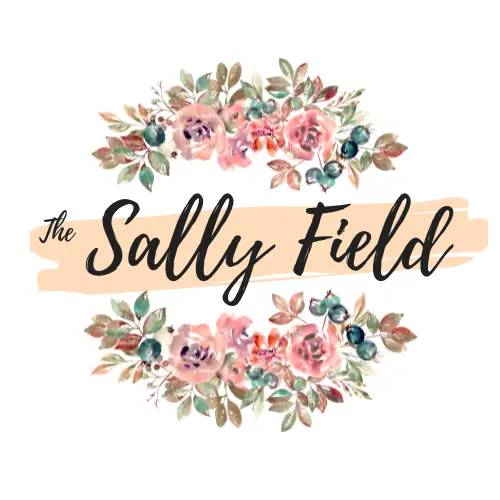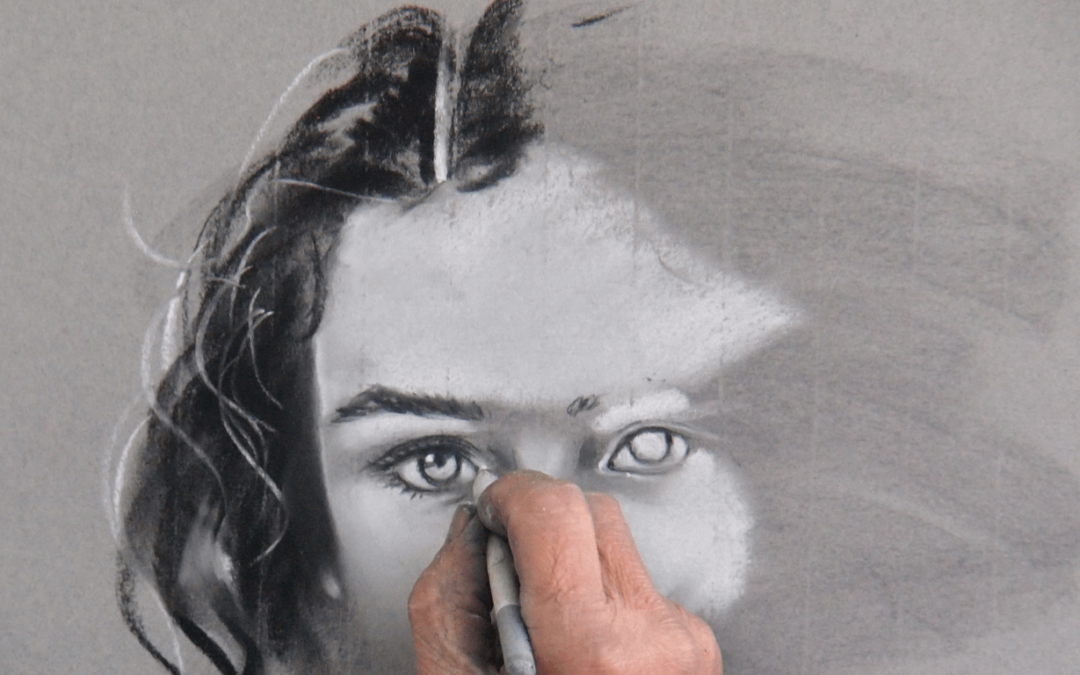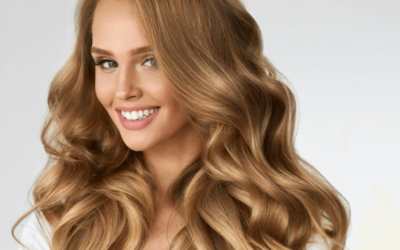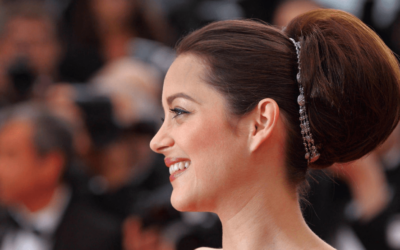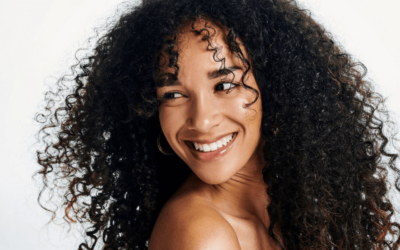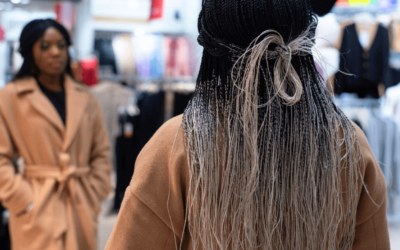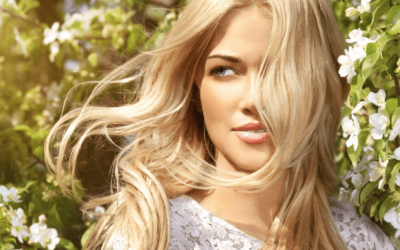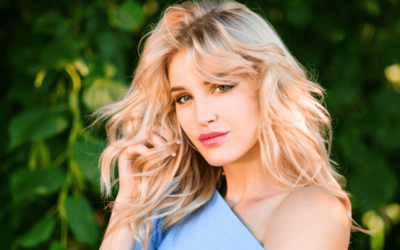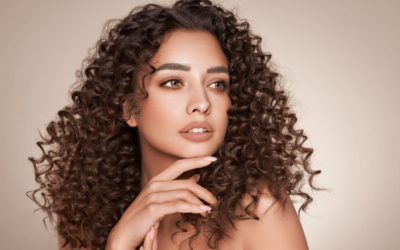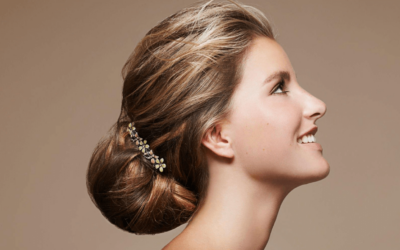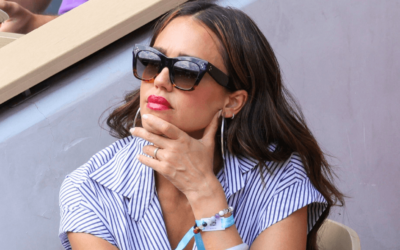Drawing hair can be a challenging task for many artists. It requires understanding the intricacies of different hair types, textures, and styles.
Whether you’re a beginner or an experienced artist looking to enhance your skills, this comprehensive guide will provide you with valuable insights and techniques to create stunning and realistic hair in your drawings.
So, grab your pencils and let’s dive into the fascinating world of hair drawing!
Understanding Hair Anatomy
Before diving into the drawing process, it’s essential to grasp the basics of hair anatomy. Hair consists of three main components: the shaft, the root, and the follicle.
The shaft is the visible part of the hair, while the root is the part embedded in the skin. The follicle is the structure that surrounds the root and nourishes the hair.
Understanding these elements will help you create more accurate and realistic hair in your drawings.
Observing Different Hair Types and Textures
One of the crucial aspects of drawing hair is observing and understanding different hair types and textures. Hair can vary greatly, ranging from straight to wavy, curly, or even afro-textured.
Take time to observe and analyze the characteristics of each hair type. Pay attention to how the hair flows, how it reflects light, and the overall shape and volume.
By studying and observing real-life examples, you’ll be better equipped to recreate them on paper.
Step-by-Step Hair Drawing Process
Step 1: Outlining the Basic Shape
To begin, lightly sketch the basic shape of the hairstyle you want to draw. Use simple shapes like ovals or rectangles to define the overall structure. This step will serve as a foundation for the rest of your drawing.
Step 2: Defining the Hair Strands
Next, start adding more details by defining individual hair strands. Remember that hair strands are not uniformly thick throughout their length. Use varying line weights to give your drawing a more natural look.
Start from the root and gradually work your way towards the tips, paying attention to the direction and flow of the strands.
Step 3: Creating Volume and Texture
To achieve a realistic appearance, focus on creating volume and texture. Use shading techniques such as cross-hatching, stippling, or even blending with a smudging tool to add depth and dimension to your hair drawing.
Consider the light source and create highlights and shadows accordingly. This will make your hair look more three-dimensional and lifelike.
Step 4: Refining the Details
Now that you have the basic structure, strands, and volume, it’s time to refine the details. Pay attention to smaller elements like flyaway hairs, wisps, and stray strands to add a sense of realism.
Use an eraser to create highlights and add fine details that enhance the overall texture and appearance of the hair.
Step 5: Adding Final Touches
To complete your hair drawing, step back and evaluate the overall composition. Make any necessary adjustments to ensure balance and harmony with the rest of your artwork.
You can also consider adding background elements or accessories to complement the hairstyle and enhance the visual storytelling.
Advanced Techniques for Hair Drawing
Once you’ve mastered the basics, you can explore more advanced techniques to take your hair drawing skills to the next level. Here are a few additional techniques you can experiment with:
Layering: Build up layers of different hair strands to create a sense of depth and complexity.
Hair Parting: Learn how to draw convincing hair partings and incorporate them into your drawings to add realism.
Texture Variation: Experiment with different tools and techniques to depict various hair textures, from smooth and silky to coarse and curly.
Coloring and Highlights: Explore the use of color pencils, markers, or digital tools to add color and highlights to your hair drawings, enhancing their vibrancy and visual impact.
Drawing Hair from Imagination
While observing real-life references is crucial, developing the ability to draw hair from imagination is equally important.
Practice drawing different hairstyles, experiment with various angles, and envision how the hair would flow based on the subject’s movements and facial features.
Over time, your imagination and observation skills will work together to create unique and captivating hair designs.
Maintaining Proportions and Flow
When drawing hair, it’s crucial to maintain proper proportions and ensure that the hair flows naturally with the subject’s head and body.
Pay attention to the position and angle of the hairline, taking into account the forehead’s shape and the direction in which the hair falls. This will create a sense of harmony and realism in your hair drawings.
Studying Hair References
To enhance your hair drawing skills, take the time to study and collect references of different hairstyles, haircuts, and hair arrangements.
Look for photographs, art books, magazines, or even online resources that feature a diverse range of hair styles.
Analyze the unique characteristics of each style, such as the partings, braids, updos, or ponytails, and practice replicating them in your drawings.
Emphasizing Movement and Dynamics
Hair is not static—it moves and flows with the slightest breeze or motion. To capture this dynamic quality, incorporate movement and gestures into your hair drawings.
Consider the direction and flow of the hair strands, and add subtle curves or arcs to convey a sense of motion. This will make your drawings appear more lively and engaging.
Experimenting with Different Tools
Don’t limit yourself to just one drawing tool when exploring hair drawing techniques. Experiment with various tools such as graphite pencils, charcoal, ink pens, or even digital brushes to achieve different textures and effects.
Each tool has its own unique qualities and can bring out different aspects of hair, allowing you to explore different styles and achieve diverse results.
Using Negative Space
Negative space refers to the areas around and between objects. When drawing hair, pay attention to the negative spaces between the strands and use them strategically to define the shape and volume of the hairstyle.
By carefully observing and manipulating negative space, you can create a sense of depth and realism in your hair drawings.
Practicing Patience and Persistence
Drawing hair requires patience and persistence. It may take time to master the techniques and achieve the desired results.
Be patient with yourself and embrace the learning process. Practice regularly and don’t get discouraged by initial attempts that may fall short of your expectations.
With each stroke of your pencil, you’ll improve and develop your own unique style.
Seeking Feedback and Critique
To further enhance your hair drawing skills, seek feedback and constructive critique from fellow artists or mentors. Join art communities or online forums where you can share your work and receive valuable insights from others.
This will help you identify areas for improvement and gain new perspectives on your hair drawing techniques.
Remember, becoming proficient at drawing hair requires dedication, practice, and a willingness to explore and experiment. Embrace the journey, enjoy the process, and let your creativity soar as you bring life and beauty to your hair drawings!
Conclusion
Drawing hair can be a challenging yet rewarding endeavor for artists. With a solid understanding of hair anatomy, observation skills, and the right techniques, you can create stunning and realistic hair in your drawings.
Remember to start with the basics, gradually progress to more advanced techniques, and allow your imagination to guide you. So, embrace the art of hair drawing, unleash your creativity, and let your artwork flourish with beautifully rendered tresses!
